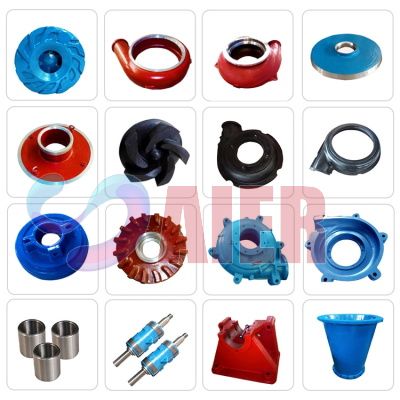Nov . 16, 2024 20:39 Back to list
best pump for lime slurry manufacturer
The Best Pump for Lime Slurry A Comprehensive Guide for Manufacturers
When it comes to the handling and transportation of lime slurry, selecting the right pump is crucial for optimal efficiency and performance. Lime slurry is a mixture of calcium hydroxide and water, commonly used in various industrial applications such as water treatment, flue gas desulfurization, and mining. The unique properties of lime slurry—its abrasive nature, viscosity, and potential for settling—pose specific challenges for pumping systems. Therefore, manufacturers must consider several key factors in choosing the best pump for their lime slurry applications.
Understanding Lime Slurry Properties
Before diving into pump options, it’s essential to understand the characteristics of lime slurry. Lime slurry is typically a non-Newtonian fluid, meaning its viscosity can change under shear stress. This variability can impact the performance of different pump types. Additionally, lime slurry can contain abrasive particles that wear down pump components over time, making the selection of materials and pump design critical factors.
Types of Pumps Suitable for Lime Slurry
1. Centrifugal Pumps These are commonly used for lime slurry applications due to their simple design and adaptability. However, standard centrifugal pumps may not be suitable for very viscous or abrasive slurries. Therefore, manufacturers should opt for heavy-duty or corrosion-resistant versions with enhanced impeller designs to handle the abrasive nature of lime slurry effectively.
2. Positive Displacement Pumps These pumps are excellent for handling viscous fluids and slurries, making them a strong candidate for lime applications. They provide a consistent flow rate regardless of the pressure, which can be beneficial when dealing with variable slurry conditions. Gear pumps, diaphragm pumps, and screw pumps are all viable options under this category.
3. Peristaltic Pumps Known for their ability to handle shear-sensitive fluids, peristaltic pumps are another option for transporting lime slurry. They work by compressing and releasing a flexible tubing, which minimizes contact with the fluid and reduces the risk of abrasion. This makes them ideal for applications where the integrity of the lime particles must be maintained.
Material Selection
Given the abrasive and corrosive nature of lime slurry, material selection is a critical consideration. Pumps made with high-chrome alloys, rubber lining, or other wear-resistant materials are ideal for durability and longevity. Manufacturers must ensure that the materials used can withstand not only the abrasive particles but also the chemical properties of lime.
best pump for lime slurry manufacturer

Performance Considerations
When evaluating pumps, manufacturers should consider several performance metrics
- Flow Rate The required flow rate will depend on the specific application and the scale of operations. It’s vital to choose a pump that can meet the desired flow while maintaining efficiency.
- Pressure Requirements Lime slurry applications often require the ability to overcome significant head pressure. Thus, it’s important to choose a pump that can maintain adequate pressure while handling the specific properties of the slurry.
- Efficiency Energy consumption is a major cost consideration. Pumps that operate efficiently can significantly reduce operational costs over time.
Maintenance and Serviceability
A pump is only as good as its maintenance regime. Manufacturers should select pumps that are easy to service and maintain. Simple designs can lead to lower downtime and reduced maintenance costs. Additionally, choosing a pump from a reputable manufacturer with a solid track record can provide peace of mind regarding the availability of parts and service.
Conclusion
In conclusion, choosing the best pump for lime slurry involves careful consideration of the specific properties of the slurry, the various pump types available, material specifications, and performance metrics. Whether opting for centrifugal, positive displacement, or peristaltic pumps, manufacturers should prioritize durability, efficiency, and ease of maintenance. By understanding the unique challenges that lime slurry presents, manufacturers can make informed decisions that lead to smoother operations, reduced costs, and enhanced productivity in their processes. Investing in the right pumping equipment is not just a choice; it is a strategic decision that can significantly impact overall operational efficiency and sustainability.
-
Top Submersible Pump Companies High Quality Manufacturers & Suppliers in China
NewsJul.08,2025
-
High Quality Seal for 5 Inch Dredge Pump Reliable China Manufacturer & Supplier
NewsJul.08,2025
-
High-Efficiency Slurry Sand Pump from Leading China Manufacturer – Durable & Reliable Solutions
NewsJul.07,2025
-
High-Quality Slurry Pump Made in China Durable Steel Mill Slurry Pump & Parts
NewsJul.07,2025
-
High Quality Excavator Dredge Pump Manufacturer & Suppliers from China – Reliable, Durable, Efficient Solutions
NewsJul.07,2025
-
Wholesale Slurry Pump Closed Impeller Supplier High Efficiency China Slurry Pump Closed Impeller
NewsJul.06,2025
